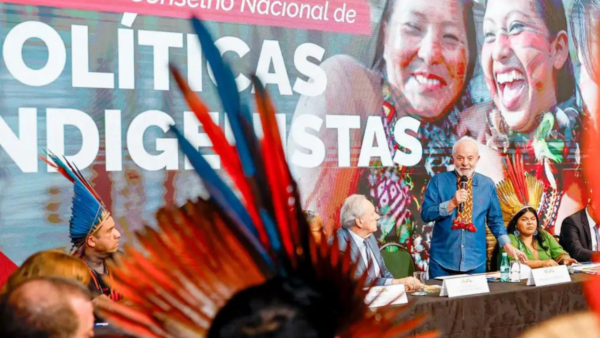Brazil’s Pantanal region is the world’s largest floodplain, home to vast biodiversity that includes endangered animal species such as the jaguar and the blue macaw. Blessed with some of the country’s most picturesque landscapes, it is traditionally a major draw for tourists from within Brazil and abroad. But this expansive wetland is burning, suffering from more forest fires than it has seen in the last 22 years, during an exceptional drought.
Between January 1 and July 21, the National Institute of Space Research (Inpe) recorded 3,415 fires in the region, an increase of 189 percent compared to the same period in 2019. In fact, it is the most devastating fire season since 1998, when Inpe began monitoring blazes in the Pantanal.
A major contributing factor to this huge uptick in fires has been a significant drop in rainfall. Throughout the biome, Inpe measured rain volume as being 50 percent below normal levels for the first five months of the year, leaving much of the vegetation dry, scorched, and highly susceptible to catch fire.
Corumbá, a town situated on the Brazilian border with Bolivia, has recorded more fires than any other municipality in the country, and respiratory disease is on the rise with smoke from the blazes permeating into...


 Search
Search






































